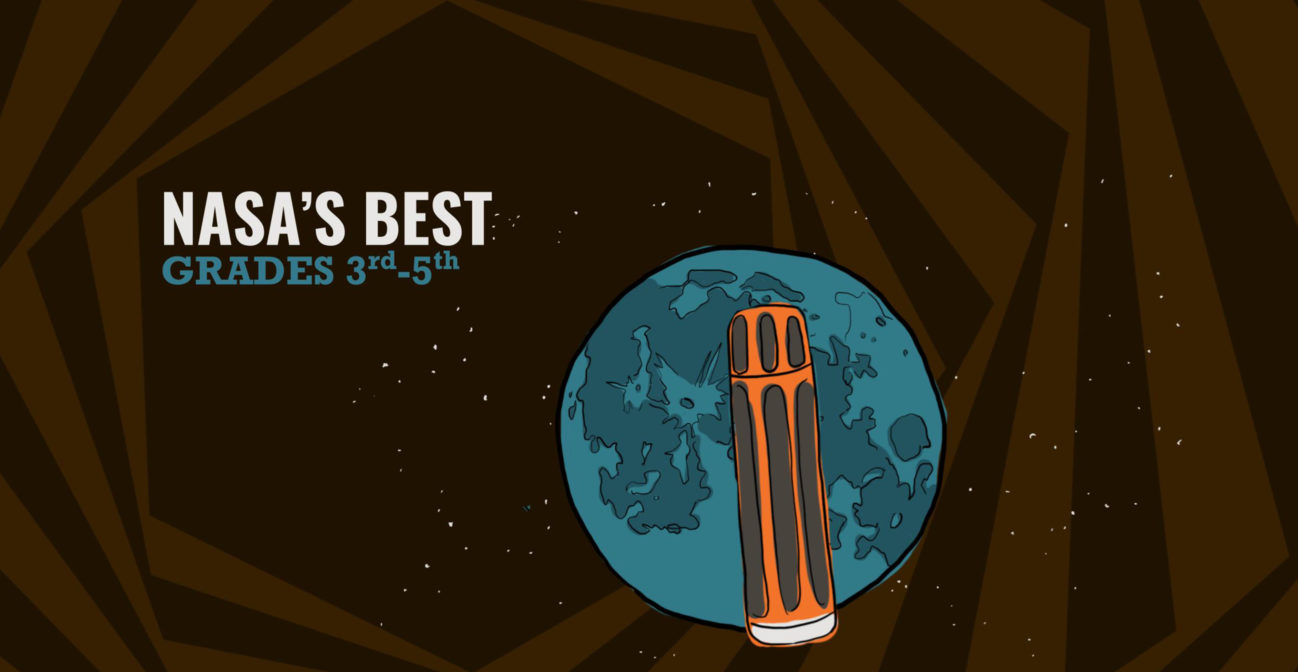Join us for conversations that inspire, recognize, and encourage innovation and best practices in the education profession.
Available on Apple Podcasts, Spotify, Google Podcasts, and more.

Grade 3-5 learners will be guided through a series of challenges that follow the engineering design cycle. Join NASA on an adventure through solving an engineering challenge to design a thermos to keep water warm in space. Each step of the engineering design cycle will be performed by the learner.
OBJECTIVE
To demonstrate an understanding of the Engineering Design Process while utilizing each stage to successfully complete a team challenge.
PROCESS SKILLS
Experimental design, measuring, graphing and data analysis
MATERIALS
STUDENT PAGES
PRE-ACTIVITY SET-UP
While the students are using the EDP to create an insulator, they will also be conducting a scientific experiment that requires a control. While the students test their cups, place a cup of hot water and a cup of cold water at the front of the room, un-insulated, each holding a thermometer. Set a timer for every 30 seconds and record the data to share with the students so they may compare their data.
Please note: This activity may require two 60-90 minute sessions to complete.
Engage the students in the following questions:
During this session, you explored designing insulation to reduce temperature changes, much like protecting humans from the extreme temperature swings on the Moon’s surface. What if you needed to capture heat energy instead? Why would you need to capture heat energy